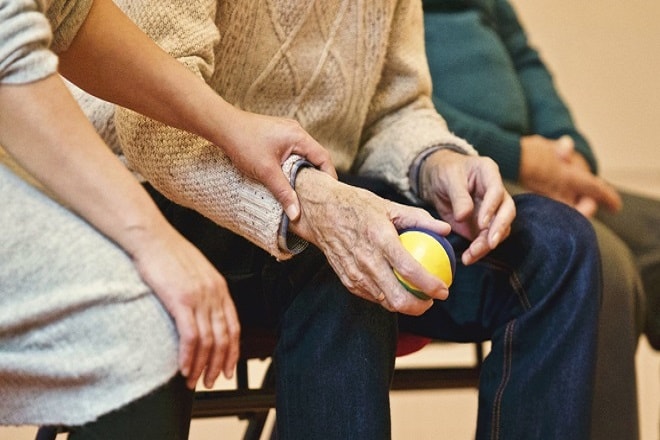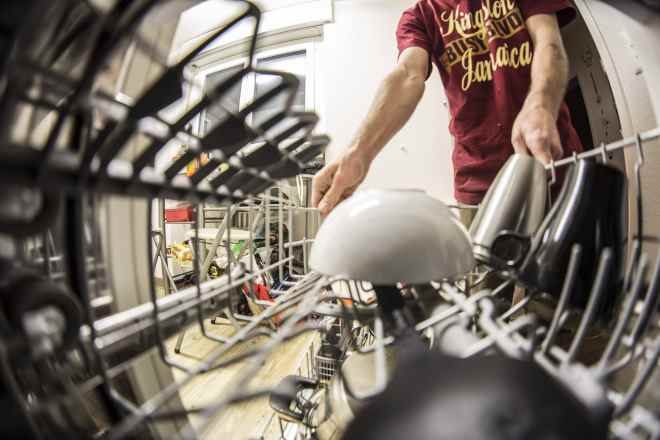Peace of Mind for You, Comfort for Them
Finding the right place for parents can feel overwhelming but it does not have to be stressful. A safe welcoming and vibrant environment allows seniors to enjoy life make friends and feel truly cared for. Children can feel confident knowing their loved ones spend each day in comfort and connection. Peace of mind for the family is achieved while seniors thrive in a home that feels warm and full of life.

The journey of helping aging parents transition to the next chapter of their lives involves complex emotions and practical considerations. As children become caregivers, finding the right balance between providing necessary support while respecting independence becomes increasingly important. Senior living communities have evolved significantly in recent decades, offering environments where older adults can thrive with the right level of assistance while families gain reassurance about their loved ones’ wellbeing.
Peace of mind for your parents and comfort for your family
The decision to explore senior living options often comes from a place of deep care and concern. For adult children, knowing that parents are in a safe, supportive environment brings immeasurable peace of mind. Modern senior communities are designed to address both physical and emotional needs, with trained staff available around the clock to assist with medications, mobility challenges, and emergency situations. This consistent support system allows families to transition from day-to-day caregiving to simply enjoying quality time together during visits, strengthening relationships that may have been strained by caregiver stress.
For seniors themselves, the structured environment offers comfort through routine, socialization opportunities, and appropriate medical oversight without feeling institutional. The best communities strike a balance that respects residents’ autonomy while providing the security that both they and their families need to feel confident about this life transition.
A community where your loved ones feel at home
The physical environment of senior living communities has transformed dramatically over the years. Today’s residences often feature private apartments or rooms with personal touches, creating spaces that feel like extensions of previous homes rather than clinical facilities. Common areas are thoughtfully designed to encourage natural socialization, with comfortable seating arrangements, natural lighting, and accessible layouts that accommodate varying mobility levels.
Beyond physical spaces, the sense of belonging comes from meaningful community engagement. Many senior living communities organize regular activities based on residents’ interests, from book clubs and gardening groups to art classes and music performances. These shared experiences foster genuine connections among residents who share similar life stages and experiences. Dining programs often feature restaurant-style service with menu choices, accommodating dietary needs while maintaining the social importance of shared meals.
Trusted care, happy moments and lifelong connections
The foundation of exceptional senior living is a staff that understands the delicate balance between providing care and preserving dignity. Professional caregivers in quality communities receive specialized training not just in physical assistance techniques but also in communication approaches that respect residents as individuals with rich life histories. This relationship-centered approach transforms daily interactions from mere tasks into meaningful connections.
These trusted relationships create space for spontaneous joyful moments that might otherwise be overshadowed by care needs. Whether it’s celebrating birthdays, holidays, or simply enjoying afternoon tea together, these experiences contribute significantly to quality of life. Many communities also facilitate intergenerational programs with local schools or community organizations, helping residents maintain connections to the broader community while creating new meaningful relationships.
Safe, welcoming and vibrant senior living environments
Safety features in senior living communities go far beyond the basics of handrails and emergency call systems. Today’s communities incorporate sophisticated but unobtrusive design elements like contrasting colors to help with depth perception, specialized lighting to reduce glare and shadows, and flooring materials chosen specifically to reduce fall risks. These thoughtful details create environments where residents can move confidently and independently.
Equally important is the atmosphere of vibrancy and engagement. Quality communities reject the outdated notion that senior living must be quiet and sedentary. Instead, they embrace the understanding that meaningful activity and purpose remain essential throughout life. Volunteer opportunities, continuing education classes, and cultural outings keep minds engaged and spirits lifted. Physical wellness programs tailored to various ability levels help maintain strength, balance, and mobility, supporting overall health and independence.
Because every parent deserves love and care
After decades of caring for others—raising children, contributing to communities, building careers—older adults deserve environments that honor their contributions while meeting their changing needs. The transition to senior living shouldn’t be viewed as surrendering independence but rather as gaining appropriate support that allows for continued dignity and quality of life.
Families often struggle with guilt when considering senior living options, questioning whether they should be providing care themselves. However, recognizing one’s limitations as a caregiver and seeking professional support can actually be an act of profound love. Professional communities offer specialized expertise, consistent staffing, and purpose-built environments that most family homes simply cannot provide, particularly for those with complex medical needs or cognitive challenges.
Senior living options and considerations
Senior living encompasses a spectrum of options designed to meet varying needs and preferences. Independent living communities cater to active seniors who want maintenance-free living with amenities and social opportunities. Assisted living provides additional support with daily activities while maintaining privacy and independence. Memory care offers specialized environments and programming for those with Alzheimer’s or other forms of dementia. Continuing Care Retirement Communities (CCRCs) provide multiple levels of care on one campus, allowing residents to transition between care levels as needs change.
When evaluating options, families should consider not just current needs but anticipated future requirements. Important factors include staff-to-resident ratios, available medical services, transportation options, meal plans, activity calendars, and policies regarding aging in place. Location relative to family members, cultural fit, and financial sustainability are equally important considerations for long-term satisfaction.
Prices, rates, or cost estimates mentioned in this article are based on the latest available information but may change over time. Independent research is advised before making financial decisions.
The transition to senior living represents a significant life change that affects the entire family. When approached with thorough research, open communication, and a focus on quality of life, it can bring newfound peace of mind to adult children and comfortable, engaging living arrangements for parents. The best communities create environments where seniors don’t just reside—they continue to live with purpose, dignity, and joy, surrounded by appropriate support and meaningful connections.




